What next after lockdown restrictions ease?
As the lifting of restrictions moves into its next phase, we expect the market will also perform differently to the immediate aftermath of lockdown. On the demand side, requirement levels have rebounded sharply after a slow April and early May, but this lag should mean that take-up for ‘churn stock’ in H2 is slower than normal. Key sectors of the economy also remain in a deep freeze, in particular the automotive and aerospace sectors as even the boom in online shopping couldn’t help new van registrations as they fell by 74% in May.
As government support comes to an end in the autumn consumer confidence is likely to fall, and bearing in mind that almost two thirds of demand is related to retail, it is unlikely that the current levels of take-up will be sustained even though online shopping rates are currently growing at levels not seen since 2008.
On the supply side, the recent levels of measured speculative development will mean that vacancy rates are highly unlikely to return to post global financial crisis levels of 24%. Indeed, Savills Research have created a model that projects vacancy rates going forward, and even in our downside scenario, where we assume over 15m sq ft of tenant default, vacancy rates rise to just 11.4%.
Build cost and programme
The latest indicators from the Savills ProgrammE and Cost Sentiment Survey (S.P.E.C.S) demonstrate that build costs and programme delivery time scales have polarised in 2020.
Following a brief period after lockdown where 60% of speculative construction was paused, all warehouse construction sites are now open and building continues.
As lockdown continued, the levels of speculative and BTS development have declined, therefore contractors have been pricing projects accordingly to maintain previously strong order books. This has meant that we have not seen tender price inflation based on the price of labour or materials. However, social distancing advice and the development of new construction processes have meant that projects are taking longer to complete, and programmes are being adjusted accordingly. This has the potential to lead to higher costs as welfare provision increases and more machinery is needed to complete certain tasks. Moving forward, as speculative and BTS levels increase, we expect contractors will become more selective to the projects they tender.
Read the articles within Big Shed Briefing below.
.jpg)
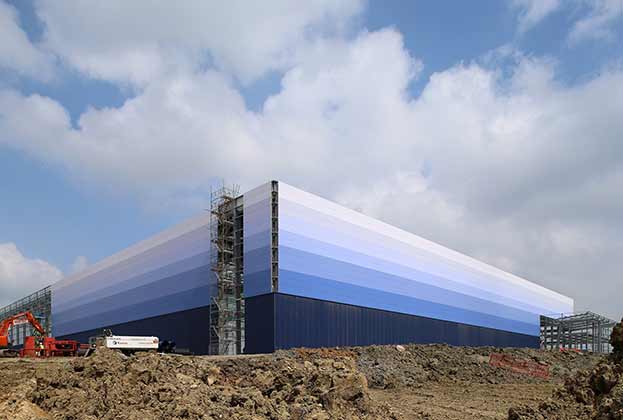
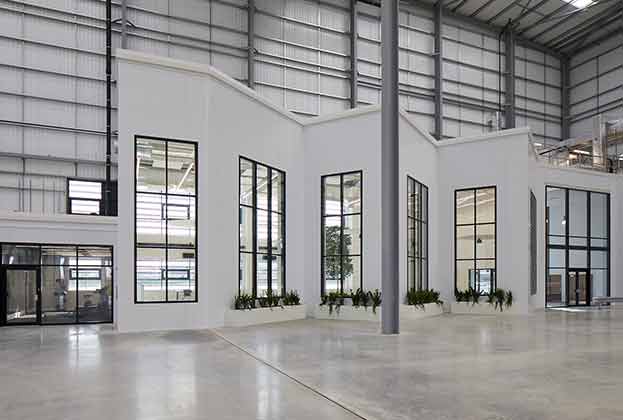
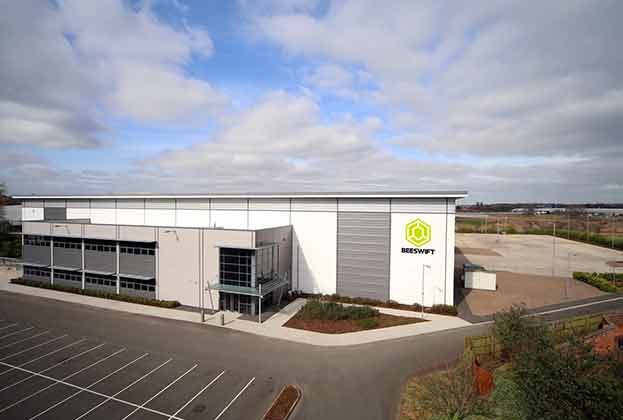
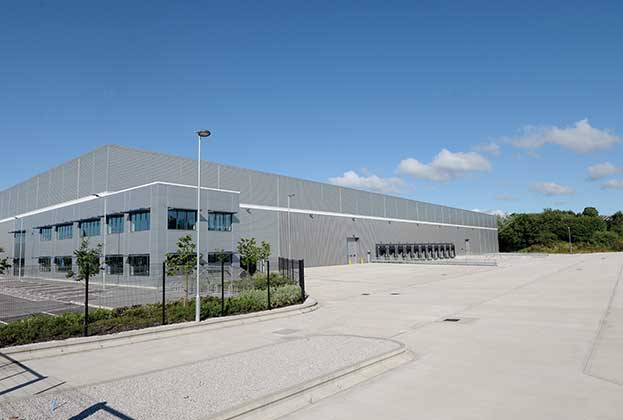
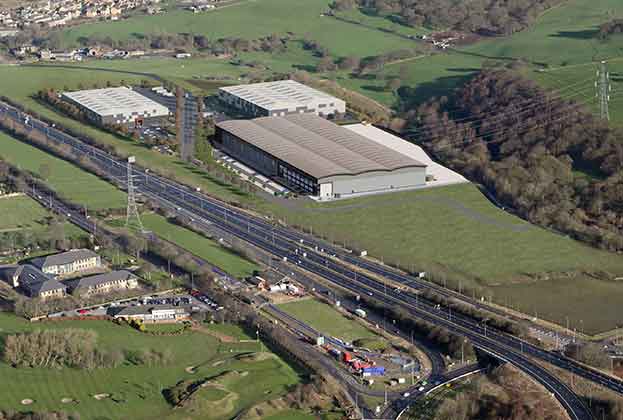
.jpg)
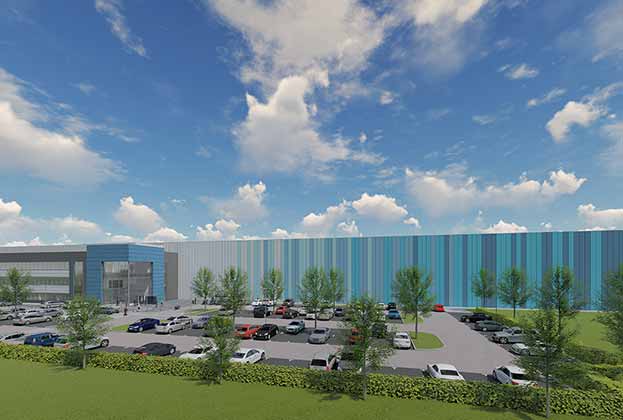
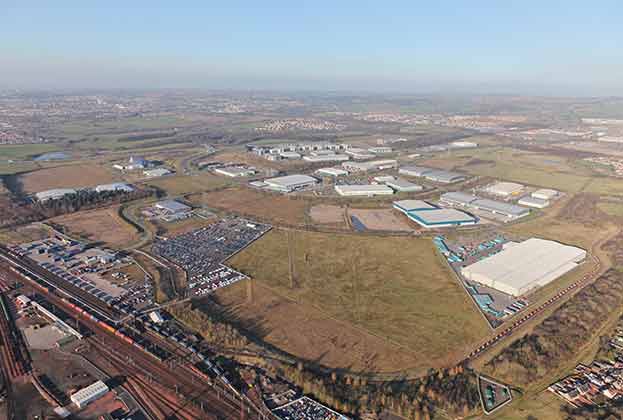
.jpg)